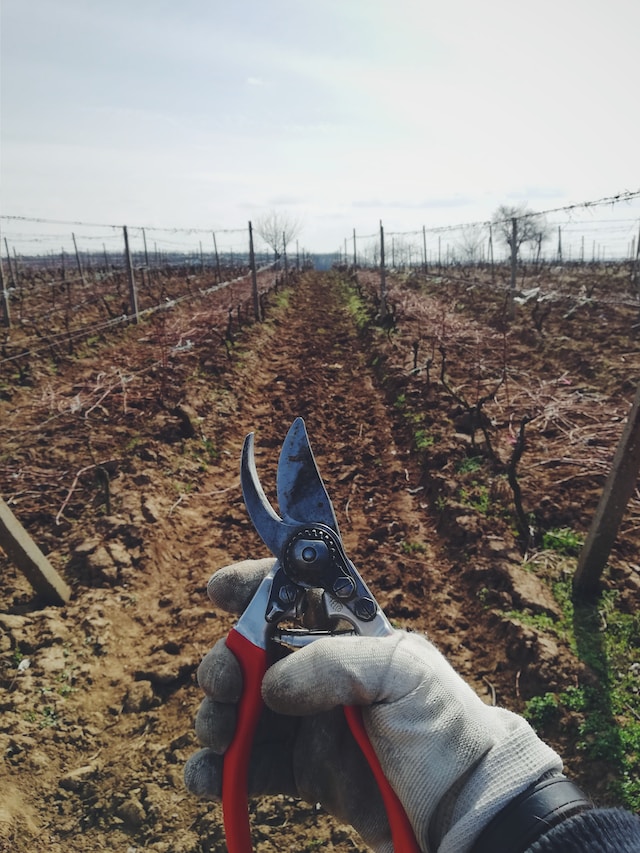How Routine Pruning Benefits Your Tree
A well-kept landscape increases the value of your house. It also prevents injuries to you and anyone else who uses your yard by eliminating fallen branches during storms or high winds. Routine pruning removes dead or diseased limbs from trees, helping them to live longer. It also improves air circulation and light penetration so that the other parts of the tree can thrive.

Increases the Tree’s Appearance
Tree trimming is a great way to enhance the appearance of your property’s landscape. Regular pruning allows more of a tree’s foliage to receive sunlight, improving the property’s appearance and boosting fruit production in some species of trees. In addition, trimmed trees allow more sun to reach grass and other plantings on the property, which can help them grow and thrive. Overgrown trees or dead limbs can look messy and cause safety hazards for pedestrians on sidewalks and roads. Trimming a tree removes these branches to make the landscaping more attractive and can also help prevent damage to your house or car from falling limbs. Heathrow Tree Service offers different trimming techniques, including crown thinning and heading cuts, improving the tree’s appearance and increasing its health. Crown thinning involves removing weak and diseased limbs to open the canopy, enhancing air circulation and light penetration into interior leaves and the ground below.
Increases the Tree’s Health
Regular trimming is vital for the health of your trees. It helps to keep limbs from falling on your house, car, pool and other property that could cause significant damage. It also removes rotten or dead branches that can spread disease throughout the tree and kill it. Overgrown branches can inhibit the growth of grass and flowers under them, preventing them from getting enough sunlight and nutrients. Additionally, they can obstruct views of the lake, valley or other scenery for which you planted the trees. The best type of pruning for your trees is crown thinning, which involves removing the smallest branches to open the canopy. It increases airflow and light penetration into the top and allows more leaves to undergo photosynthesis. It can also prevent the tree from becoming infested by insects or fungi. Additionally, it can lessen the strain on huge limbs and the amount of branch bending.
Reduces the Risk of Injury
A tree that has grown out of control might seriously endanger your family’s safety. Leafy branches can fall during storms or high winds, causing damage to property or injuries to people walking by your home or garden. Regular trimming can prevent this by removing dead and dying branches prone to breaking off during bad weather. Trimming can also increase air circulation around a tree, which is important for its health. It can reduce the risks of diseases, pest infestations, and other problems by preventing fungi and parasites from spreading throughout the tree. Another benefit of trimming is reducing the risk of injury by lowering the weight of heavy limbs. This type of pruning is called weight reduction pruning, and it can be done to one branch, a group of units, or an entire tree. It is done to reduce the risk of damage to a house or car and improve pedestrian safety.
Increases Property Value
An appropriately trimmed and kept tree will raise your home’s total property value. It is because it will make the entire property look well-cared for and will give a great first impression to visitors. Furthermore, a regularly trimmed tree will help to prevent damage to your home during storms or high winds. Branch damage from falling over is more likely to occur and can be expensive to repair or replace. Trimming a tree will also help to ensure that your garden and other plants receive enough sunlight. Overgrown branches can block out light from reaching other areas of your property. Finally, properly trimmed trees can attract more wildlife to your property. It can be a big selling point for people who enjoy nature and want to live peacefully. It will also reduce noise pollution, a major problem in urban areas.
